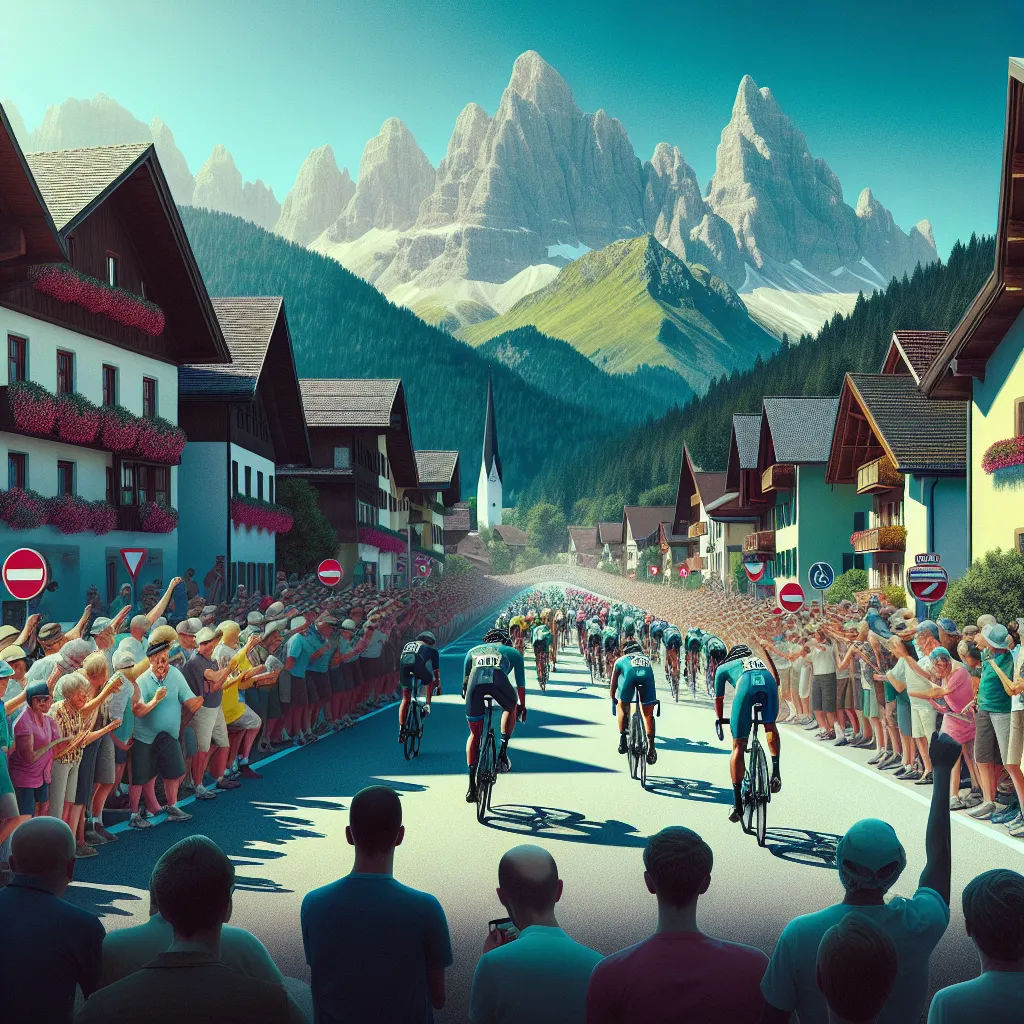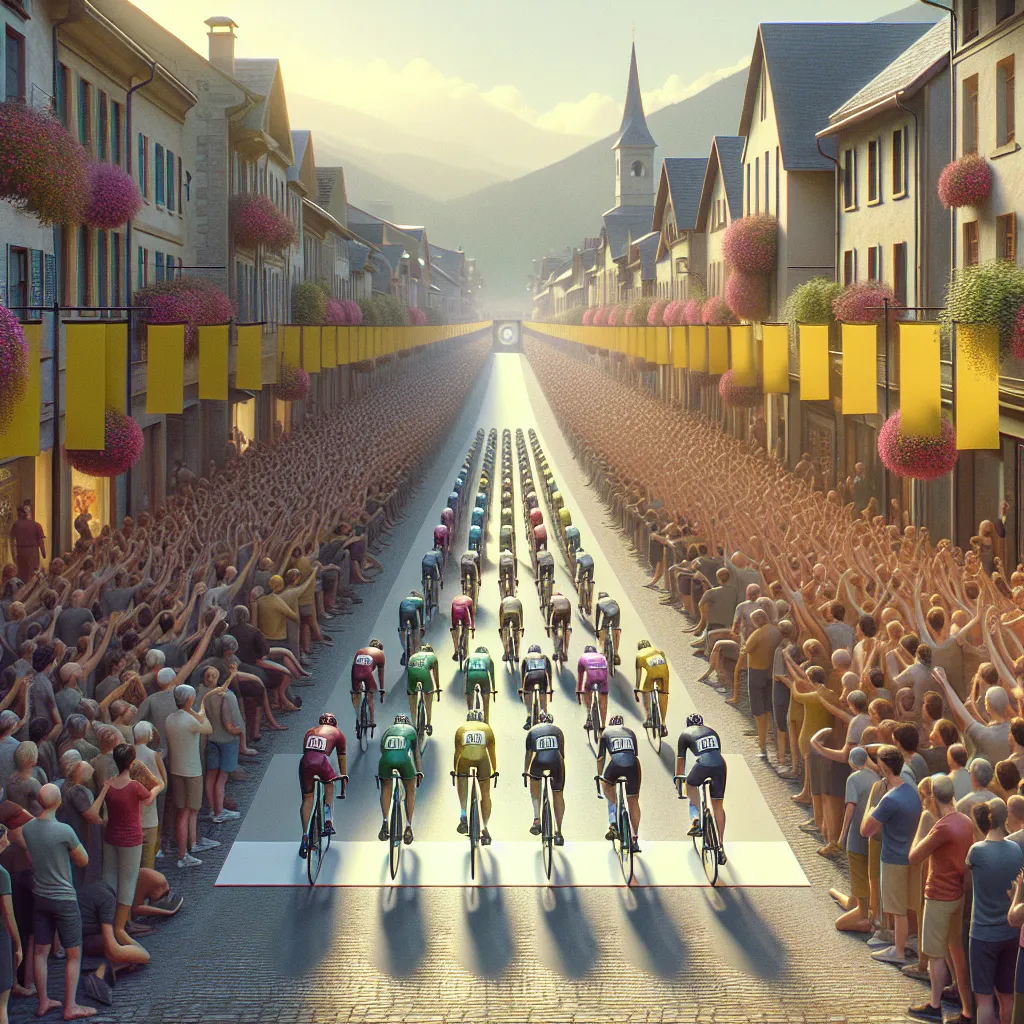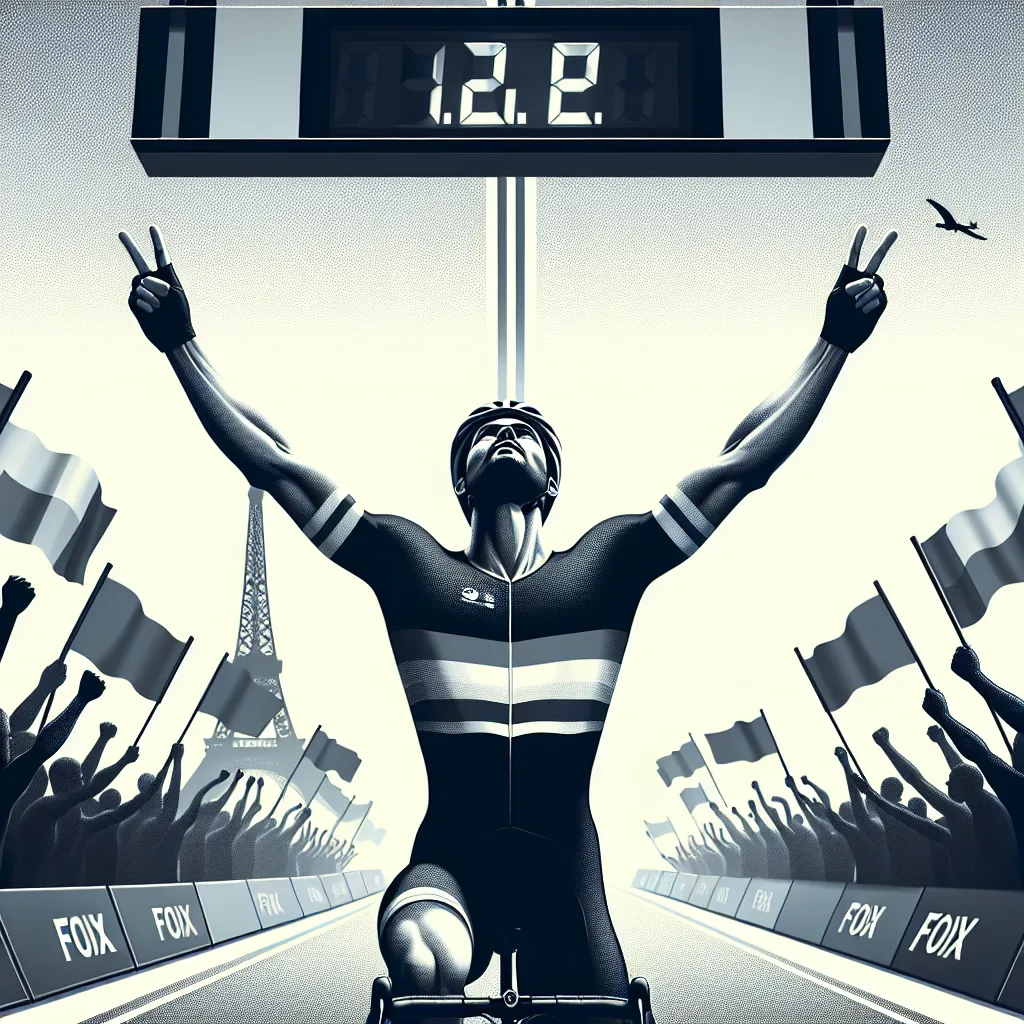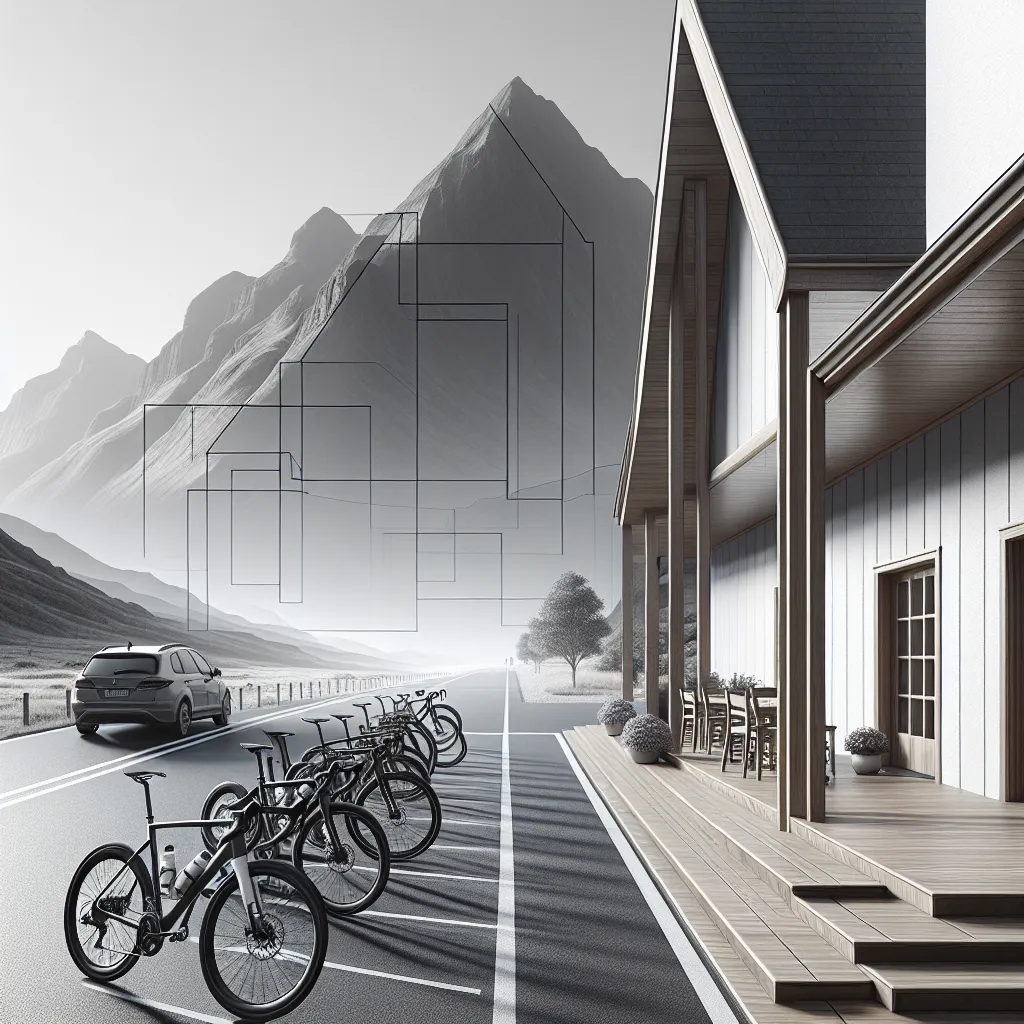Bastille Day Glory: When the Tour de France Lit Up St Girons
July 14, 2017: The Tour de France rolled out from St Girons on France's national day, delivering a thrilling stage through the Ariege that ended with French victory. Relive the drama and discover how you can ride the same legendary route.

Introduction: A Perfect Storm of Cycling Drama
Some Tour de France stages are just bike races. Others become moments that transcend sport. Stage 13 of the 2017 Tour de France, starting from St Girons on July 14—Bastille Day—was emphatically the latter. The route designers had crafted something special: 101 kilometers packed with punishing climbs through the heart of the Ariege. French fans dreamed of a home victory on their national day. And the stage delivered everything they hoped for, plus drama they couldn't have scripted.

Tour de France in St Girons
The Route: 101 Kilometers of Beautiful Brutality
The stage route read like a greatest hits of Ariege climbing. From St Girons, the peloton headed southeast, warming up on rolling roads before hitting the first serious test: the Col de Latrape. At 5.6 kilometers with an average gradient of 7.3%, Latrape isn't the hardest climb in the Pyrenees, but it comes early enough to hurt, with ramps touching 10% that forced the pace.
Then came the centrepiece: Col d'Agnes. Ten kilometers at an average of 8%, with the lower slopes pitching above 10%, this Category 1 climb separated the climbers from the rest. The road winds through forest before emerging onto exposed mountainside, and on that July afternoon, thousands of fans created a corridor of noise that pushed riders beyond their limits.
But the stage wasn't finished. The Mur de Péguère—9.3 kilometers averaging 7.9%—provided the final, decisive test. Some sections hit 18%. This was where the stage would be won or lost, where form met willpower on gradients that leave nowhere to hide.
Barguil's Bastille Day Dream
Warren Barguil had already worn the polka-dot jersey earlier in the race, marking him as a climber to watch. But on Bastille Day, riding for the French Sunweb team, he needed to deliver something special. As the race hit Col d'Agnes, attacks began to fly. Barguil bided his time, riding within himself, waiting.
On the Mur de Péguère, he made his move. Not an explosive attack, but a sustained, relentless acceleration that gradually distanced his rivals. The French fans along the roadside went wild, their roars audible even over the helicopters and motorcycles. By the summit, Barguil had carved out a gap, and he held it through the technical descent into Foix.
The finish was pure joy. Barguil crossed the line, arms aloft, the perfect protagonist for Bastille Day. French television went into raptures. In St Girons and throughout the Ariege, people who'd lined the roads hours earlier to watch the race pass celebrated like they'd won it themselves. In a sport increasingly dominated by foreign teams and riders, this was a reminder of what cycling means in France.

Victory Celebration
Riding the Route Yourself
The beauty of the Tour de France is that its routes remain rideable long after the race has moved on. The roads from St Girons to Foix via Col de Latrape, Col d'Agnes, and the Mur de Péguère are open to anyone with a bike and the fitness to tackle them.
It's a challenging day out—no question. Those 101 kilometers pack in over 3,000 meters of climbing, and the gradients on Col d'Agnes and Péguère demand respect. But it's also incredibly rewarding. You'll ride through scenery that epitomizes the Pyrenees: green valleys, rushing rivers, mountain villages that seem unchanged for centuries, and always, those peaks drawing you upward.
Local riders from St Girons tackle sections of this route regularly. You'll see them training on Col d'Agnes on summer evenings, using the climb to build form or simply to enjoy the best views in the department. Following in the tire tracks of the Tour de France adds an extra dimension—imagining the peloton streaming past, the crowds, the tension. Every switchback tells a story.
Your Base for Riding Tour History
St Girons makes the perfect base for tackling this route. The town itself is worth exploring—it's got that authentic Pyrenean character that makes French cycling destinations so appealing. But you need more than a nice location; you need somewhere comfortable to recover after a day that includes Col d'Agnes and the Mur de Péguère.
Loge de Chateau Pouech, located in the Couserans near St Girons, has become popular with cyclists specifically because it understands what riders need. Secure bike storage, comfortable accommodation, a peaceful setting for recovery, and that crucial proximity to the routes. You can roll out the door, warm up through quiet lanes, and be at the base of the climbs quickly. After finishing, you're not facing a long transfer back—just a gentle spin to your comfortable base.
Many guests specifically book to ride the 2017 stage route, treating it as a multi-day project: recce rides of individual climbs, a rest day to explore St Girons and Foix, then the full route when they're ready. It's a civilized way to tackle serious cycling.

Cyclist's Refuge
Planning Your Own Bastille Day Ride
When to Ride: The route is rideable from May through October. July offers the best chance of recreating race-day conditions (minus the millions of spectators), but June and September provide cooler temperatures and quieter roads.
Key Considerations:
- Fitness Required: This is a serious day out. If you're comfortable riding 100km with 3,000m of climbing, you're ready. If not, consider riding the climbs separately first.
- Nutrition: Multiple climbs mean you'll burn through energy fast. Carry plenty of food and fill bottles at every opportunity.
- Pacing: Col de Latrape comes early; don't blow up there. Save something for Péguère.
- Alternative Finish: If 101km feels too much, you can finish at the top of Mur de Péguère rather than descending to Foix—it's the climbing that matters anyway.
Local Support: Bike shops in St Girons can provide last-minute mechanical support, spare parts, or local route advice. The cycling community here is welcoming and helpful.
Conclusion: More Than Just a Ride
The 2017 Tour de France stage from St Girons to Foix represents something special in cycling lore—a perfect combination of challenging route, dramatic racing, and emotional significance. By riding it yourself, you're not just exercising; you're connecting to that story, experiencing the climbs that tested the world's best riders, seeing the landscapes that captivated millions watching on television.
Based at Loge de Chateau Pouech, with St Girons as your starting point, you can take on this legendary route at your own pace, creating your own Bastille Day story. The cols are waiting. The views are spectacular. And who knows—you might even find yourself raising your arms in triumph at the top of the Mur de Péguère, just like Barguil did.



